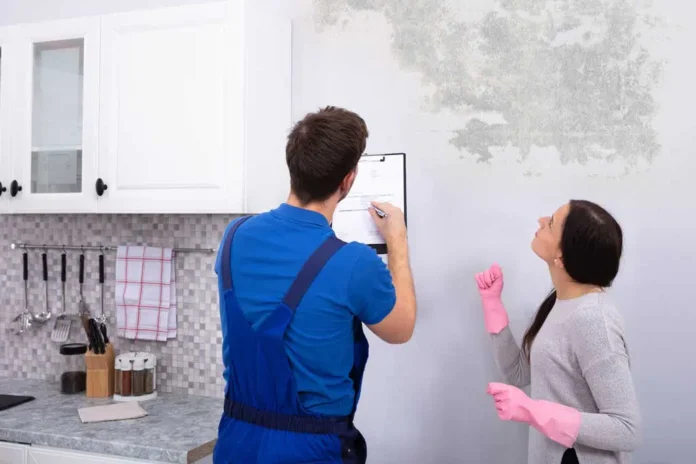Florida’s warm climate, characterized by high humidity levels, creates an almost perfect environment for mold to thrive. In the sunny state, the battle against fungi is not just a matter of cleanliness; it’s a crucial part of home maintenance. Recognizing the significance of this issue, this article delves deep into the need for regular mold inspection, setting the stage for a comprehensive understanding of fungi’s impact on Florida homes and their inhabitants.
The unique Floridian climate is a breeding ground for various types of mildew, including but not limited to Cladosporium, Penicillium, and the infamous Stachybotrys chartarum, commonly known as black mold. These fungi don’t just disfigure your home; they pose significant health risks. Respiratory issues, allergic reactions, and even more severe health complications can arise from prolonged exposure. It’s not just about preserving the integrity of your home; it’s about safeguarding the health of its occupants. Thus, understanding and preventing mildew is not merely advisable in Florida; it’s imperative.
Signs of Mold Infestation in the Sunshine State
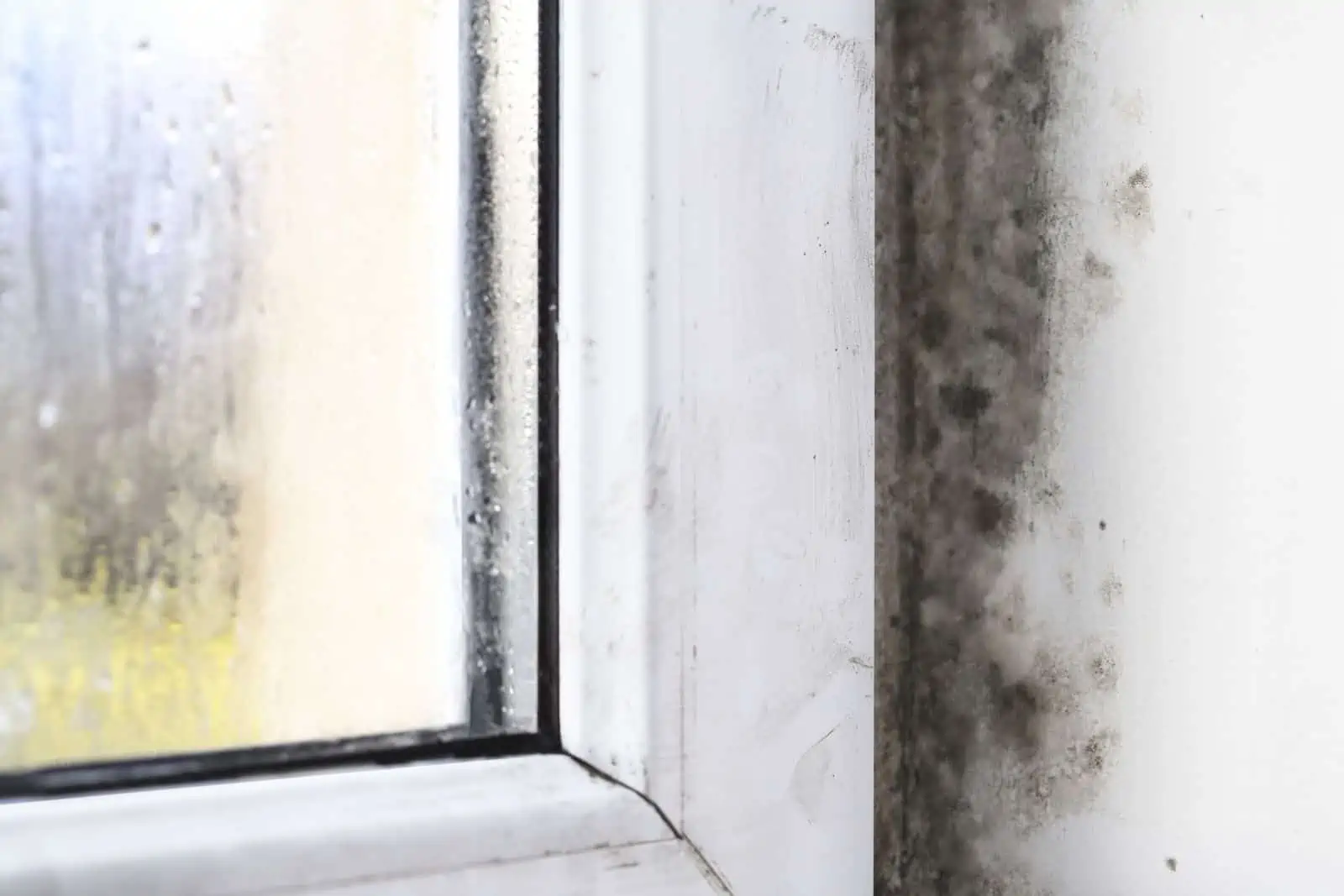
The telltale signs of mold infestation, such as musty odors and visible mold patches, are universal. However, in Florida, these signs may manifest differently due to the state’s distinct climate. A slight discoloration on a wall or a persistent damp smell could be the early warnings of a mildew issue. Recognizing these signs early on is crucial in Florida homes, where fungi can spread more rapidly due to the high humidity levels. Early detection is not just a matter of convenience; it’s a vital step in maintaining the health of your living space.
Frequency of Mold Inspection in Florida
In an environment as conducive to mold growth as Florida’s, regular fungi inspections become a cornerstone of home maintenance. While the exact frequency may vary based on factors like location, proximity to water bodies, and the age of the structure, a general guideline suggests that Florida homeowners should consider a thorough mildew inspection at least annually. This regular scrutiny helps in early detection and management of potential fungi outbreaks, ensuring that the problem is handled before it escalates.
DIY vs. Professional Mold Inspection
While DIY mold inspection can be a preliminary step to identifying mold, they are no substitute for a professional evaluation. Homeowners may recognize the obvious signs, but it takes a trained eye to uncover the hidden threats. In Florida, where mildew can lurk unseen in the humid air, the expertise of a professional fungi inspector becomes invaluable. When choosing a professional service, it’s crucial to opt for a reputable and experienced inspector, ensuring that your home is not just inspected, but protected.if you need professional assistance please learn more here.
Mold Prevention Tips for Florida Homes
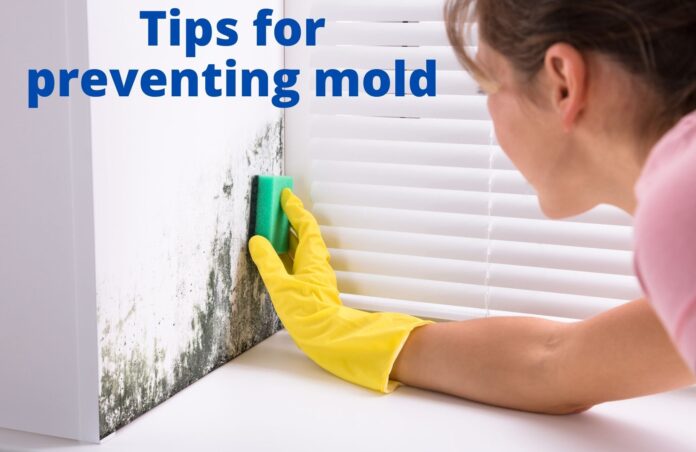
Preventing mold in a climate like Florida’s requires a proactive approach. Maintaining proper ventilation across your home, controlling humidity levels rigorously, and ensuring regular maintenance checks can significantly reduce the risk of fungi. Simple actions like using dehumidifiers, ensuring proper insulation, and regular cleaning can fortify your home against mold. In Florida, mildew prevention is not just a part of home maintenance; it’s a lifestyle adjustment aimed at creating a healthier, more comfortable living environment.
Mold-Prone Areas in Florida Homes
Florida’s unique climate makes its homes especially vulnerable to mold growth, with certain areas more susceptible than others. Moisture-laden air tends to concentrate in less ventilated spaces, creating ideal conditions for mildew in kitchens, bathrooms, and basements. In kitchens, mold finds a haven near sinks and under appliances where leaks may go unnoticed. Bathrooms, with their constant humidity from showers and baths, invite fungi to settle on tiles, ceilings, and shower curtains. Basements, often the least ventilated, can harbor it in corners, around pipes, and on any organic material like wood or fabric. Homeowners can combat these threats by ensuring proper ventilation, promptly repairing leaks, and maintaining low humidity levels throughout their homes.
The Role of Ventilation and Air Quality
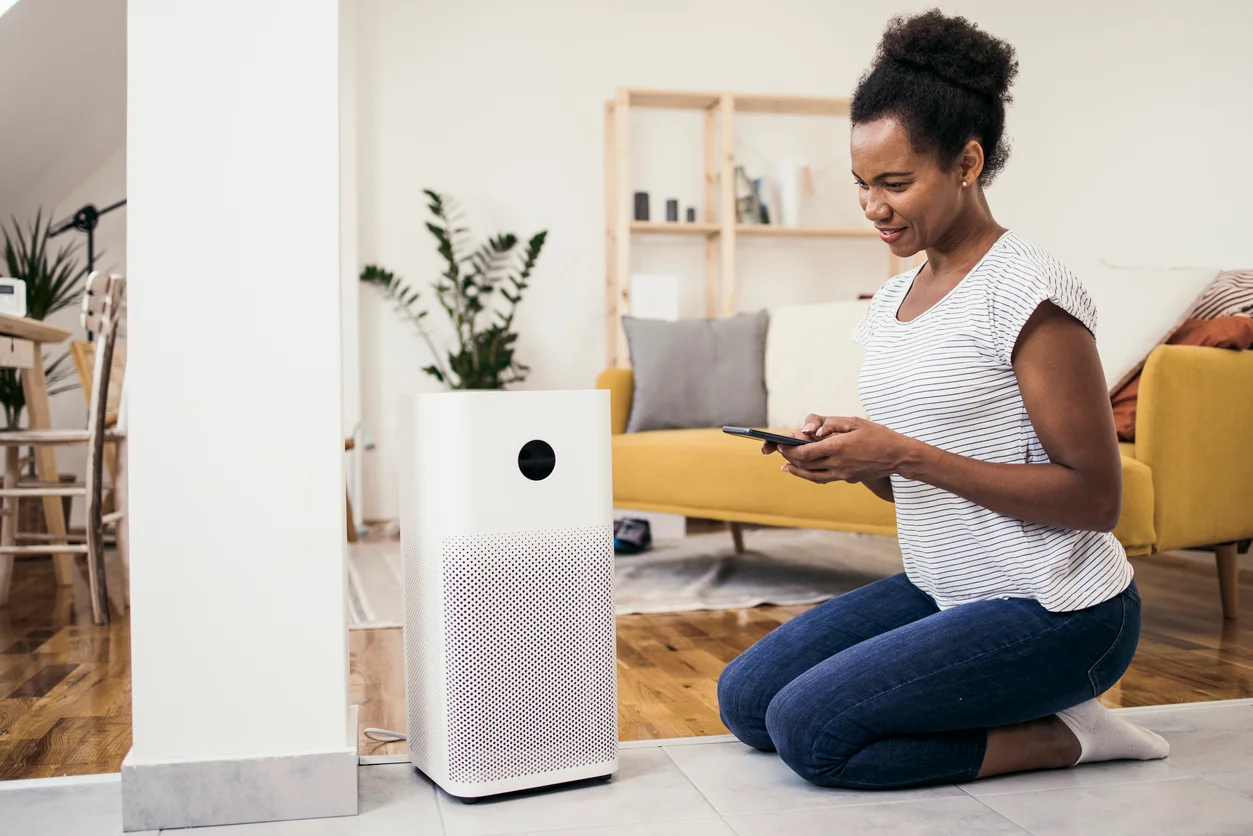
Ventilation plays a pivotal role in mitigating mold growth, as it helps control moisture and purify the air inside homes. Florida’s climate, characterized by warmth and humidity, can significantly compromise indoor air quality, turning homes into breeding grounds for mildew. Improving ventilation isn’t just about opening windows; it involves a holistic approach to air circulation. This can be achieved through the use of dehumidifiers, air conditioners, and exhaust fans, particularly in high-humidity areas like kitchens and bathrooms. Regularly changing air filters in HVAC systems and ensuring that the home’s structure is free from cracks and leaks also contribute to maintaining optimal air quality, making it harder for mold to thrive.
Dealing with Mold When Found
Discovering mold in your home can be unsettling, but addressing it promptly can mitigate potential health risks and property damage. The first step is to assess the extent of the fungi and determine if it’s a job for professionals or if it can be handled individually. For smaller areas, proper cleaning with mold-killing products may suffice. However, extensive mildew infestations often require professional assessment and removal to ensure that it’s eradicated completely. Regardless of the extent, it’s crucial to address the underlying moisture issue to prevent future growth. Safety is paramount; wearing protective gear during removal and ensuring the area is well-ventilated can prevent health risks associated with mold exposure.
Mold Inspection and Homebuying in Florida
In Florida’s humid climate, mold inspections are a critical step in the homebuying process. They not only protect the potential buyer from future expenses and health concerns but also affect the real estate market, influencing property values and saleability. Prospective buyers should insist on a thorough mildew inspection, ensuring that it’s included in the overall property assessment. This not only brings peace of mind but also provides leverage in negotiations, potentially reducing the purchase price or having the seller address the mold issue before the sale. Understanding the property’s history, including previous water damage or fungi problems, is also crucial in making an informed decision.
Maintaining Mold-Free Homes in Florida
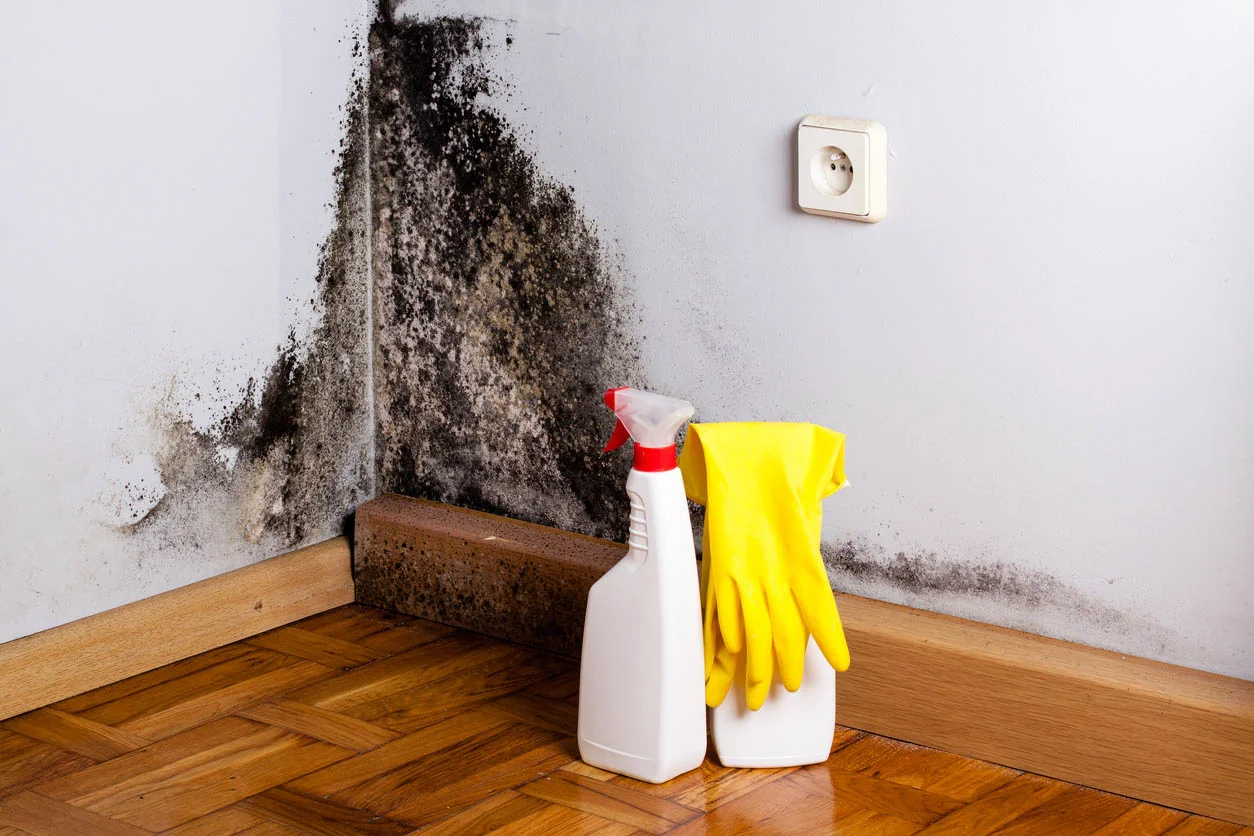
Creating and maintaining a mold-free environment in Florida homes requires commitment and regular maintenance. This involves routine checks for potential leaks, ensuring proper ventilation, and controlling indoor humidity levels. Regularly cleaning and inspecting areas prone to mildew, such as bathrooms and kitchens, can prevent mold spores from taking root. Homeowners should also consider annual professional inspections, particularly in areas that are hard to reach or typically go unnoticed. Establishing a consistent prevention plan not only safeguards the structural integrity of the home but also ensures a healthy living environment, free from the allergens and toxins associated with different types of fungi.
Conclusion
Understanding and combating mold in Florida homes is crucial for maintaining not just the value of your property, but also your health and well-being. Regular inspections, proper ventilation, and moisture control are your best defenses against this persistent foe. By being proactive and attentive to the specific needs of your home, you can create a safe, comfortable, and mold-free living space.
